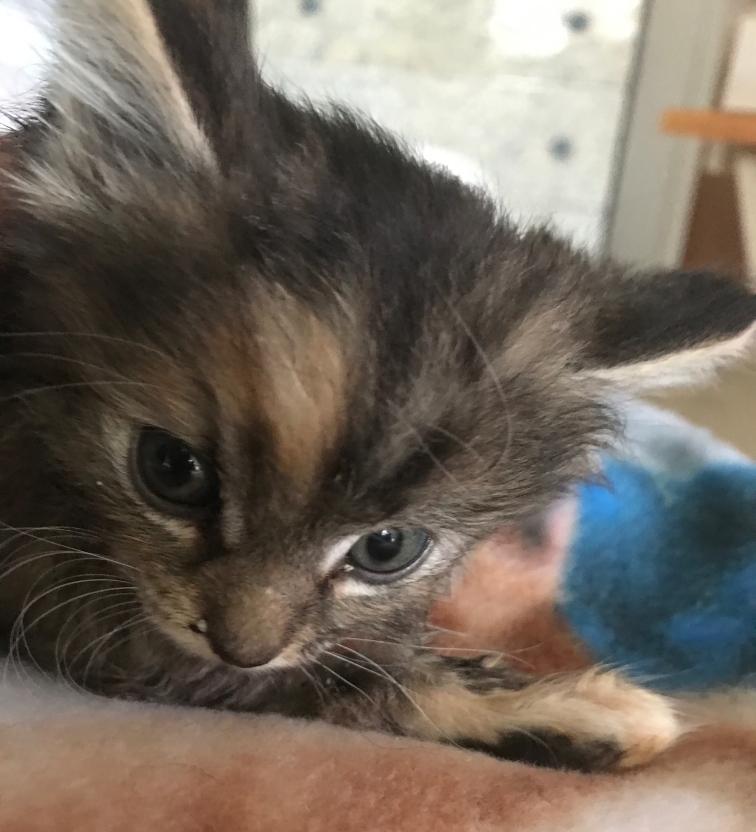Also L-644711 improves mortality and morbidity scores in cats subjected to trauma with hypoxia. A variety of conditions are known to cause brain swelling which is enlargement of the brain due to excessive fluid collection in the chambers or ventricles of the brain or the accumulation of fluid within the brain tissue itself.
Swelling due to an excessive accumulation of tissue fluid within the interstitium -- a small place or gap in the substance of the cats tissues or organs -- is referred to as edema.

. In cats the early development of ischemic brain edema was studied 1 to 4 hours after transorbital occlusion of the left middle cerebral artery MCA. In most cases however more treatment is. Excess fluid in the ventricles of the brain leads to a condition known as hydrocephalus.
Signs of swelling include. Optic neuritis is a condition in which one or both of the cats optic nerves are swollen resulting in impaired visual function. Minor cases of brain swelling due to causes such as moderate altitude sickness or a slight concussion often resolve within a few days.
We studied whether the biomechanical properties of brain play an important role in the development of early ischemic brain edema in cats with middle cerebral artery occlusion. Brain edema is a major contributor to the brain swelling process and raised intracranial pressure yet the specific pathways involved in clearance of brain edema fluid and proteins and their relative contribution to the resolution process remain unknown. Brain dysfunction may be the result of concussion swelling bruising laceration fractures compression or bleeding.
Those in which blood flow in the territory of the MCA decreased below the threshold of 10--15 ml100 gmin critical ischemia and those in which it remained above this level non-critical ischemia. Feline Cerebral Edema Diagnosis of Cerebral Edema in Cats. The optic nerve sometimes called the cranial nerve is a nerve in the eye that takes visual information and transmits it to the brain.
General puffiness Lump or nodule presence Warm area on the body Visible wound Ulcerations Itchiness. In addition the cat is turned over every two hours to avoid complications. Treatment of Cerebral Edema in Cats.
This can be localized focal or generalized diffuse in location. Mannitol is a diuretic drug that can be used to decrease brain swelling and. Even if your cat seems to be displaying normal behavior your vet will probably recommend a 24-hour observation period.
If you suspect that your cat has suffered head trauma observe him for the following. If you would like to learn more about how this disease affects dogs please visit. Veterinarians classify brain injuries in cats in two ways.
If brain swelling is apparent specific drugs will be administered to treat the condition. Primary brain injuries usually result from direct trauma such as an accident with a moving vehicle. Home Care and Prevention.
Pain killers are often provided to reduce pain associated with the injury. Primary brain injuries or secondary brain injuries. Peripheral edema can occur in both dogs and cats.
Below is an overview of head trauma in cats followed by detailed in-depth information on this emergency condition. Two groups of animals were compared. Fluid retention in the leg produces symptoms such as swelling of the leg and distortion of the legs shape.
Head and facial swelling in cats have several possible causes from mild and self-limiting to life-threatening. The leg may be sensitive to the touch. It takes around six weeks after munching on some infected cat feces for toxoplasmosis to get to the brain where it forms cysts in the amygdala region.
Optic neuritis affects the ophthalmic and nervous systems of the body. Electroenchephalogram EEG to assess brain waves and degree of brain damage. Although cats do harbor the disease.
Cats may refuse or be unable to walk on the swollen legs and may cry out in pain hiss or growl as a result of using their legs. Painfulness or tenderness of the leg is common. To reduce brain swelling the cat will be given medication and its head will be kept above the level of the body.
We suggest that astroglial swelling may be a critical step in the evolving pathology of this head injury model and its prevention as by L-644711 administration may have relevance to the treatment of cerebral edema in human head injury and other clinical disorders accompanied by. Secondary brain injury follows a primary injury and can include swelling of brain tissue or bleeding from blood vessels in the brain. What to Watch For.
Any type of head or facial swelling must be evaluated by a veterinarian while some causes are mild and self-limiting there are several serious pathologies associated with swelling on the head or face. Brain tissue pressure tissue compliance and tissue resistance were measured from the gray matter in the core and the periphery of the middle cerebral artery territory for 6 hours after occlusion. Abnormalities may develop as the brain swells or bleeding occurs.

Brain Injury In Cats Vca Animal Hospitals


0 Comments